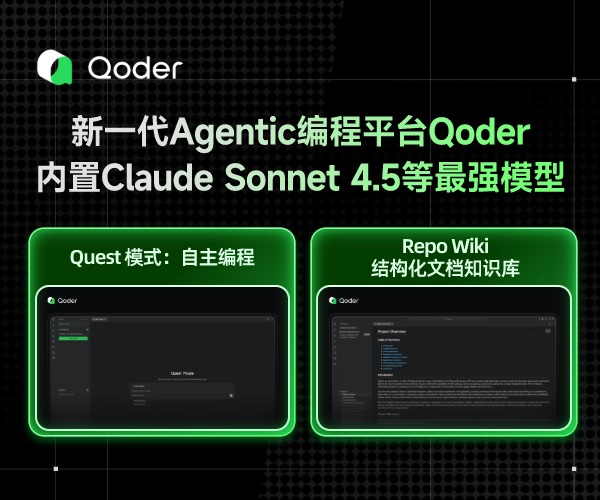Python技巧之内置函数 format()
✨ 在 Python 中,format() 是一个内置函数,用于格式化字符串。它提供了灵活的方式来将变量插入到字符串中,并控制它们的显示格式。
一、format() 函数概述
format() 函数是 Python 的内置函数之一,用于字符串格式化。它的语法如下:
format(value, format_spec)
其中,参数说明如下:
- value: 要格式化的值。
- format_spec: 格式化规范,用于指定值的显示方式。
format() 函数返回一个格式化后的字符串。
二、format() 函数的用法
1. 基本用法
#🌾:定义变量 name = 'Alice' age = 30
#🌾:定义格式 message = "My name is {} and I am {} years old.".format(name,age)
#🌾:输出 print(message) # My name is Alice and I am 30 years old.
在以上示例中,我们使用 format() 函数将变量 name 和 age 插入到字符串中进行格式化。
2. 格式化数字
#🌾:定义变量 num = 123.456
#🌾:定义格式 formatted_num = "{:.2f}".format(num)
#🌾:输出 print(formatted_num) #输出:123.46
在以上示例中,我们使用 format() 函数对数字进行格式化,保留两位小数。
3. 格式化日期时间
from datetime import datetime #🌾:定义变量 now = datetime.now() #🌾:定义格式 formatted_date = "{:%Y-%m-%d %H:%M:%S}".format(now) #🌾:输出 print(formatted_date) # 输出:2024-12-20 14:32:39
在以上示例中,我们使用 format() 函数格式化当前日期时间。
三、format() 函数的高级用法
1. 对齐和填充
#🌾 定义变量 name = 'Alice' age = 30 #🌾 定义格式 formatted_str = "{:<10} {:>3}".format(name,age) #🌾 输出 print(formatted_str)
在以上示例中,我们使用 format() 函数对字符串进行左对齐和右对齐,并指定宽度。
2. 格式化字典
#🌾 变量 person = {"name": "Bob", "age": 25} #🌾 定义格式 formatted_str = "Name: {name}, Age: {age}".format(**person) #🌾 输出 print(formatted_str) # 输出:Name: Bob, Age: 25
在以上示例中,我们使用 format() 函数格式化字典中的键值对。
四、注意事项
在使用 format() 函数时,要注意格式化规范的使用,确保符合要求的格式。
可以在格式化规范中使用各种选项,如对齐、填充、精度等,以满足不同的需求。





 浙公网安备 33010602011771号
浙公网安备 33010602011771号